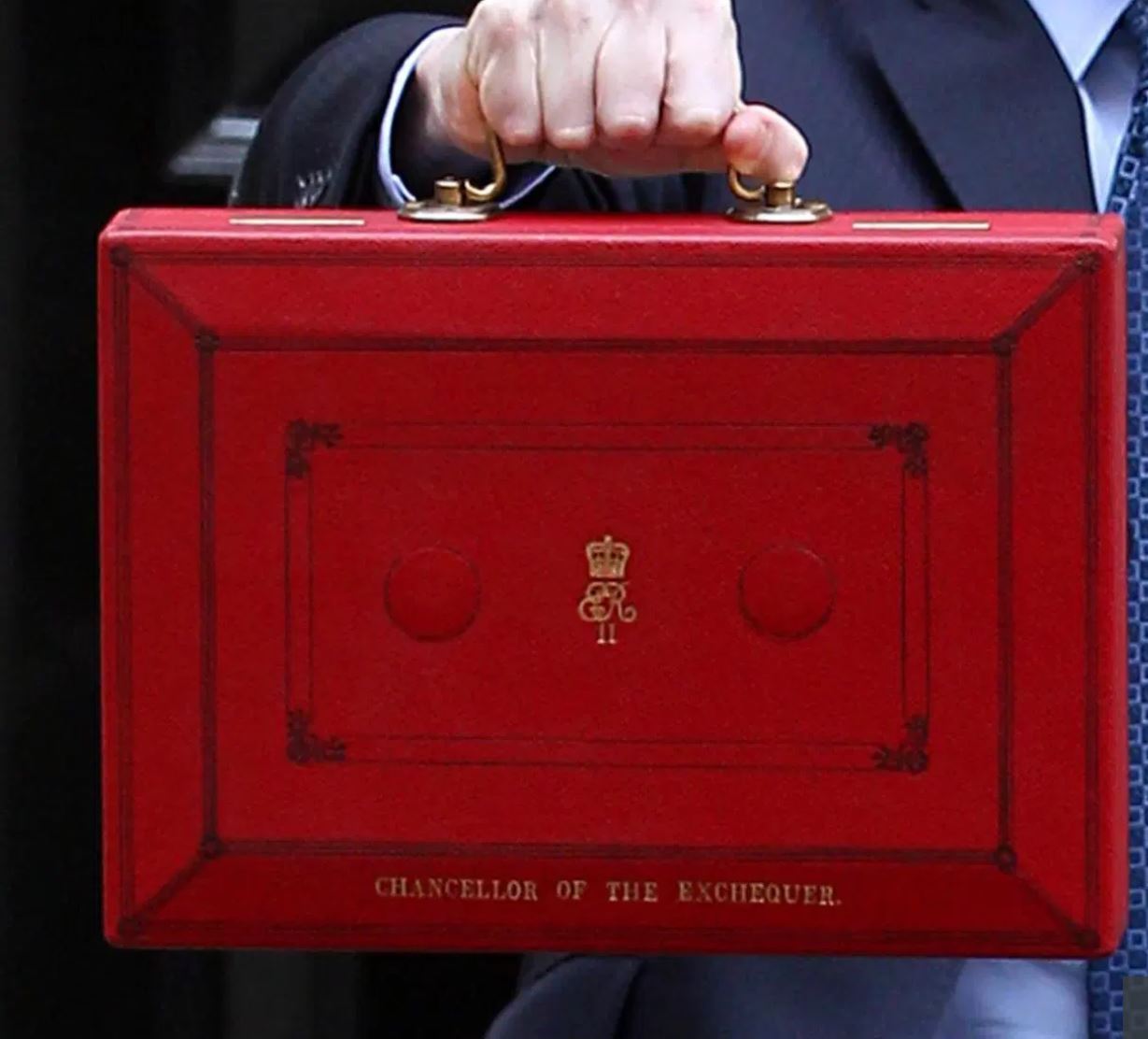Headlines
- Income tax and national insurance thresholds frozen until 2028.
- Additional rate tax to start at £125,140 rather than £150,000 from 6 April 2023.
- National living wage to increase to £10.42 per hour from 1 April 2023.
Income tax and national insurance thresholds
The current thresholds for income tax and national insurance will remain frozen for the next five years. This extends by two years the previous announcement made in the 2021 Budget and will increase the PAYE and NI cost to employees of any pay rises received in until April 2028.
When rates and thresholds fail to adjust with inflation this creates fiscal drag which is effectively a hidden tax. After the 2021 budget, financial analysts determined that the average earner would be £2,600 worse off until 2026 – a figure which will now increase. For middle earners around £50,000 per annum, the additional costs are expected to exceed £7,500 between now and 2028.
Additional rate tax changes
The additional rate of PAYE, which is currently 45% in England and Wales and 47% in Scotland, will soon only apply to earnings above the threshold of £125,140 instead of the current threshold of £150,000. The reduction which will come into effect from 6 April 2023 and will push as much as £24,860 of higher earners income into a higher tax bracket. The extra 5% on this portion will mean an additional tax of up to £1,243 a year.
Why is the new figure so specific you may ask? With the freezing of thresholds and allowances, the standard tax code for employees will remain at £1257L, or £12,570, for some time. Personal allowances taper on a ‘2 for 1 basis’ for earnings over £100,000 which means that for every £2 earned over £100,000, £1 of tax free allowance is lost. Once someone earns £125,140 (£100,000 + 2x £12,570) they will have no tax free allowance remaining and any remaining salary will immediately pass into the additional PAYE rate.
Note that earning between £100,000 and £125,140 carries a marginal income tax rate of 60% in England and Wales, and 62% in Scotland. It is worth seeking independent financial advice if you are a high earner and reach this level of taxable income.
Tapering of the tax free allowance is not a new phenomenon, however previously once the tapering ended there was around £25,000 of higher rate tax band to go before the additional rate kicked in. That is now no longer the case.
National living wage uplift
The national living wage will increase by 9.7% from 1 April 2023 to £10.42 per hour. This represents an increase of a little over £1,600 per full time employee per year.
Scotland
Whilst Scotland is expected to follow many of the same changes, it should be noted that these changes do not apply to Scottish Taxpayers where the rate continues to be set independently by the Scottish Parliament. The next Budget to look out for in Scotland will be on 15 December 2022.

